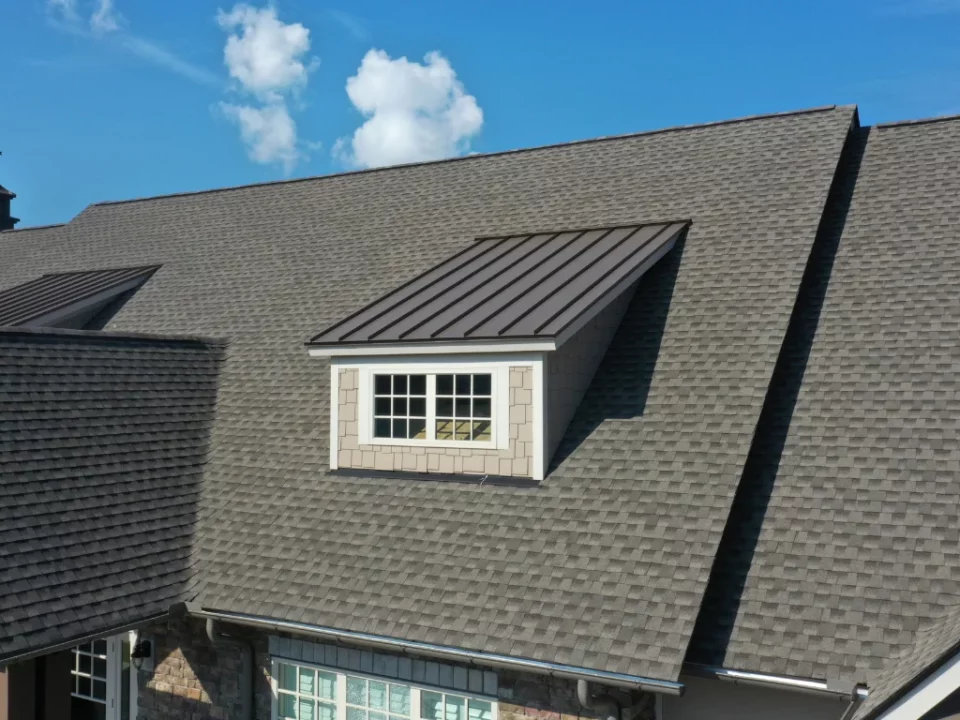Roof installation is one of the most crucial aspects of maintaining a safe, comfortable home. A properly installed roof protects you and your family from the elements and ensures the structural integrity of your property. Whether you’re building a new home or replacing an old roof, understanding the essential roof installation techniques every homeowner should know can help you make informed decisions and ensure long-term durability.
Essential Roof Installation Techniques Every Homeowner Should Know for a Solid Foundation
The foundation of any roof installation starts with choosing the right materials. Asphalt shingles are among the most common due to their affordability, ease of installation, and durability. However, depending on your home’s design, you may opt for alternatives like metal, clay, or slate, each offering unique benefits. When selecting roofing materials, it’s essential to consider the climate in your area, the longevity of the material, and your budget.
Proper installation begins with preparing the roof deck. The roof deck must be clean, dry, and in good condition before any roofing material is applied. If the deck is damaged, it can lead to leaks or other structural issues. It’s vital to replace any damaged wood or decking before proceeding with installation. The use of underlayment also plays a key role in creating a moisture barrier between the roofing materials and the deck, preventing water from penetrating the roof and causing damage over time.
Another important technique is ensuring the roof has the proper slope. A roof’s pitch directly affects its ability to shed water, which is essential in preventing water damage. The roof pitch will depend on the material being used, as some materials require a steeper slope to be effective. Proper flashing installation around chimneys, vents, and skylights also helps to prevent leaks. Flashing acts as a barrier against water infiltration, ensuring your roof’s integrity.
Essential Roof Installation Techniques Every Homeowner Should Know for Long-Term Durability
Ventilation is another crucial factor in roof installation. Proper ventilation helps regulate temperature and moisture levels in the attic, preventing ice dams, mold growth, and premature wear on roofing materials. Ridge vents and soffit vents work together to allow for air circulation, which is essential in maintaining the roof’s longevity.
The installation of shingles or other materials requires careful attention to detail. Starting from the roof’s edge, shingles should be applied in an overlapping pattern to ensure that water flows over the roof and doesn’t get trapped beneath the materials. Using high-quality roofing nails that are rust-resistant is important, as poorly fastened shingles can lift or shift in strong winds.
Another aspect homeowners should consider is hiring a professional roofing contractor who follows industry standards and has a proven track record. Roof installation is a complex process that requires knowledge and expertise. A well-executed installation will not only enhance the aesthetic of your home but also ensure the roof’s effectiveness in protecting your home from the elements for years to come.
By understanding these essential roof installation techniques every homeowner should know, you’ll be able to make the right decisions for your home, whether you’re tackling a DIY project or hiring a professional. A well-installed roof is a long-term investment that safeguards your home and keeps your family safe.
Read More:
Step-by-Step Guide to Roof Installation: Techniques and Tips






